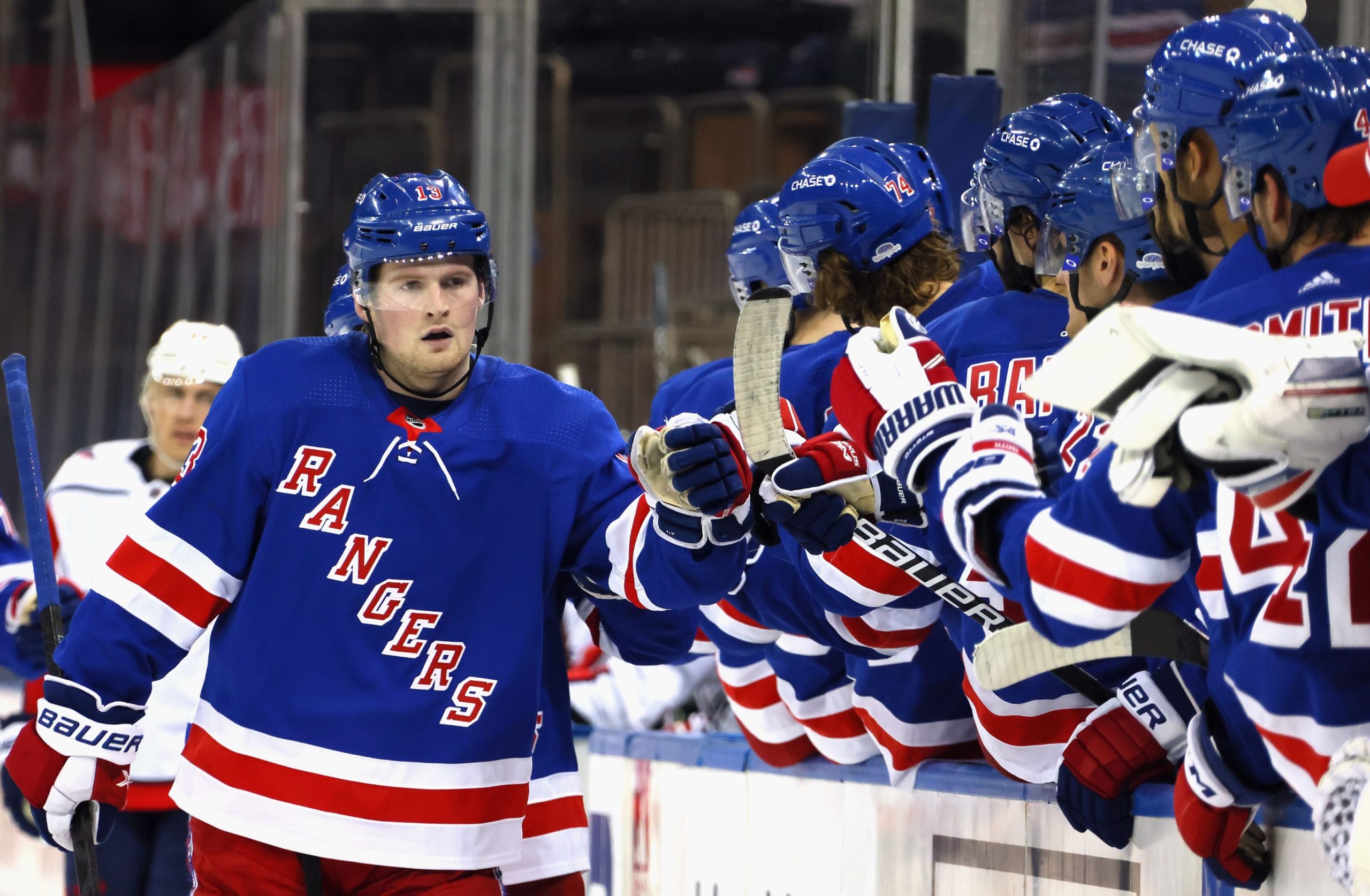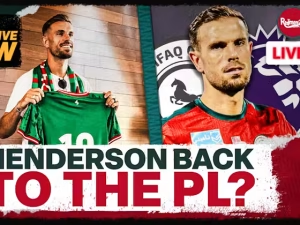
The Rangers and K’Andre Miller Are at a Stalemate — Which Leaves the Team With One Clear Solution
The New York Rangers find themselves at a critical juncture in their negotiations with defenseman K’Andre Miller. After another solid season on Broadway, Miller’s continued growth into a top-four blueliner makes him an integral part of the team’s core. But with contract talks reportedly at a standstill, the Rangers face mounting pressure to make a definitive decision. In a league governed by a strict salary cap and long-term roster planning, the situation with Miller leaves the organization with one clear solution: commit to him long-term or risk setting back the franchise’s defensive structure.
Miller’s Value Has Skyrocketed
Since being drafted 22nd overall in 2018, K’Andre Miller has quickly become a mainstay on the Rangers’ blue line. A rare combination of size, speed, and intelligence, Miller has matured into a reliable second-pair defenseman who often eats heavy minutes and takes on tough assignments. At 6-foot-5 and just 24 years old, he has the kind of physical tools and upside that are difficult to replace.
This past season, Miller logged nearly 22 minutes per game, contributed at both ends of the ice, and showed increased poise under pressure. While still developing consistency, he’s proven he can be a foundational piece of the defensive corps. His underlying metrics, especially in transition defense and puck retrievals, make a strong case for why the Rangers should lock him up.
The Contract Dispute
Despite his growing role, negotiations between Miller’s camp and the Rangers have reportedly hit a snag. While the team would prefer to sign him to a bridge deal — a shorter-term contract that delays a long-term financial commitment — Miller and his representatives seem to be pushing for a bigger payday now. And that’s understandable. With other comparable young defensemen like Bowen Byram and Rasmus Sandin cashing in recently, Miller knows his worth.
The challenge for New York is their cap situation. The team is already paying top dollar for players like Adam Fox, Jacob Trouba, Artemi Panarin, and Mika Zibanejad. With limited flexibility and other contracts needing attention, including Alexis Lafrenière’s in the near future, giving Miller a long-term deal now would require difficult choices elsewhere.
Bridge Deal or Long-Term Investment?
The Rangers are essentially caught between a rock and a hard place. A bridge deal would offer short-term relief, but it could backfire. If Miller continues to improve — and all signs suggest he will — his next contract could be significantly more expensive. A two-year bridge might cost the team 4 million annually now, but if he blossoms into a true top-pair defender, that number could jump to7 or 8 million down the line.
On the other hand, committing to a long-term deal now — say, six years at5.5 to $6 million annually — could prove a bargain if Miller reaches his potential. That’s the gamble the Rangers need to consider: pay a little more now to save a lot later.
The Clear Solution: Commit Now
The only viable long-term solution for the Rangers is to commit to K’Andre Miller with a substantial deal. While the cap constraints are real, prioritizing foundational players is key to sustained success. Miller is not a replaceable depth piece; he’s a unique physical presence with elite upside. Letting this stalemate drag on, or worse, undervaluing him, could disrupt team chemistry and create ripple effects throughout the locker room.
Investing in Miller now also sends a strong message to the rest of the roster. It shows that performance, development, and loyalty are rewarded — a critical message for younger players still finding their footing in the NHL.
The Risk of Waiting Too Long
If the Rangers hesitate and opt for a bridge deal, they not only risk overpaying in the future but also face the possibility of alienating Miller. Players notice how management handles negotiations. If Miller feels underappreciated or forced into a deal he doesn’t believe reflects his value, it can impact morale, both personally and within the room.
Worse yet, kicking the can down the road could put the Rangers in a cap crunch when it’s time to extend other key pieces. Locking Miller in now gives the team more certainty when managing future contracts and allows them to plan around a known quantity.
A Core Piece for the Future
When evaluating the core of the Rangers, Miller checks all the boxes for a long-term piece. He’s still entering his prime. He plays an increasingly mature defensive game. He’s embraced the New York market and hasn’t shown signs of discontent with his role or usage. With a long-term partner like Braden Schneider or alongside a trusted veteran, Miller’s two-way game can be a bedrock of the Rangers’ blue line for years.
Even as the team continues to chase a Stanley Cup, building from the back end is crucial. Miller’s physicality and athleticism are playoff assets — the type of traits that shine in tight postseason games.
Cap Flexibility Is Coming
It’s also worth noting that the NHL’s salary cap is set to rise more significantly in coming years. With media rights revenue growing and escrow obligations easing, the cap ceiling is expected to jump, providing teams like the Rangers with more flexibility. That future cap space makes a long-term deal for Miller more palatable today. Locking him in before that rise could actually give the Rangers a bargain compared to future market rates.
Conclusion
The stalemate between K’Andre Miller and the Rangers is not uncommon in today’s NHL, where young stars want to be paid and teams want to balance cap efficiency. But this is one negotiation the Rangers can’t afford to mishandle. The clear solution is to recognize Miller as part of the franchise’s future and commit to a long-term deal that reflects his value now, not just what he’s done in the past.
Waiting could cost them more — both financially and in team cohesion. With his size, skill, and ceiling, K’Andre Miller is not just a piece of the puzzle. He’s a cornerstone. It’s time the Rangers treat him like one.







